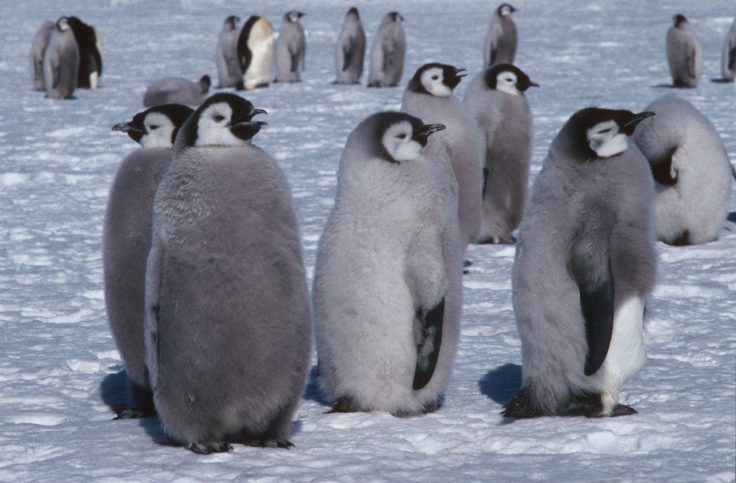The Natural History Museum at Tring’s new family exhibition Antarctica asks you to decide whether you could survive the hostile conditions faced by scientists living and working on this fragile continent. In collaboration with British Antarctic Survey, the new exhibition is based on Ice Station Antarctica that was housed at the Natural History Museum in London in 2007. Antarctica will have new updates on the exciting sub-zero science that’s been happening in Antarctica in recent years and opens on 23 March.

Visitors will discover how studying Antarctic animals from the bottom of the coldest ocean to the highest frozen peaks can be tough and even disgusting work, and why this research is vital to helping us understand how climate change and human activity are affecting the planet.
Paul Kitching, Head of the Natural History Museum at Tring said ‘Antarctica is a great experience for the whole family to explore the wildlife of this unique continent and get an insight into the lives of the men and women who work there to better understand life on our planet.’
Specimens on display include:
- emperor penguin chick and even a sample of penguin vomit!
- a sea urchin collected on Captain Robert Falcon Scott’s fateful Terra Nova expedition
- an Antarctic sea spider, which can grow up to 100 times bigger than its relative the European sea spider
- a fluffy feathered wandering albatross chick
Antarctica opens 23 March to 10 July 2016 at the Natural History Museum at Tring.
Visitor information
| Address: | The Natural History Museum at TringThe Walter Rothschild Building,
Akeman Street, Tring, Hertfordshire HP23 6AP |
| Admission: | Free |
| Opening hours: | Monday to Saturday 10.00–17.00, Sunday 14.00–17.00 |
| Access: | There is lift access throughout the public areas of the Museum |
| Visitor enquiries: | 020 7942 6171 |
| Website: | www.nhm.ac.uk/tring |
- The Natural History Museum at Tring in Hertfordshire opened in the late 1800s to house the collections of Lionel Walter, second Lord Rothschild, and offers some outstanding examples of nineteenth-century taxidermy. The Museum was bequeathed to the nation and became part of the Natural History Museum in 1938. The public galleries were modernised but the fascinating character of the Museum has been retained.
- More than 150,000 visitors a year enjoy a glimpse into the fascinating world of a Victorian collector, where they can see a huge variety of wild, weird and wonderful specimens from across the animal kingdom – from armadillos to zebras.
- The site at Tring also houses the stunning Rothschild Library and the Natural History Museum’s ornithological collection, which has been based there since the early 1970s. Access to the Rothschild Library and ornithological collection is limited and by appointment only.
- 18 countries operate year-round research stations in Antarctica which support up to 10,000 scientists in the Antarctica summer in carrying out vital research into topics such as climate change, the ozone hole, glaciology, space weather, wildlife and geology.
